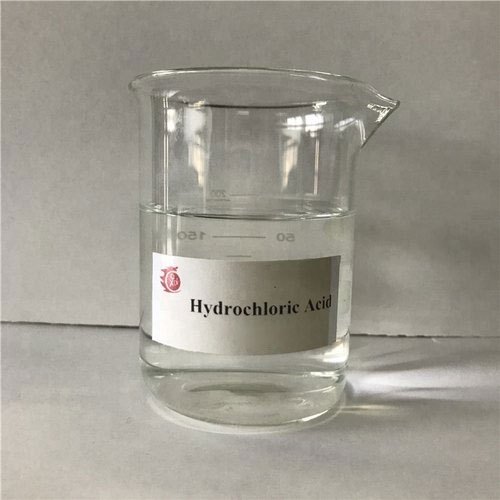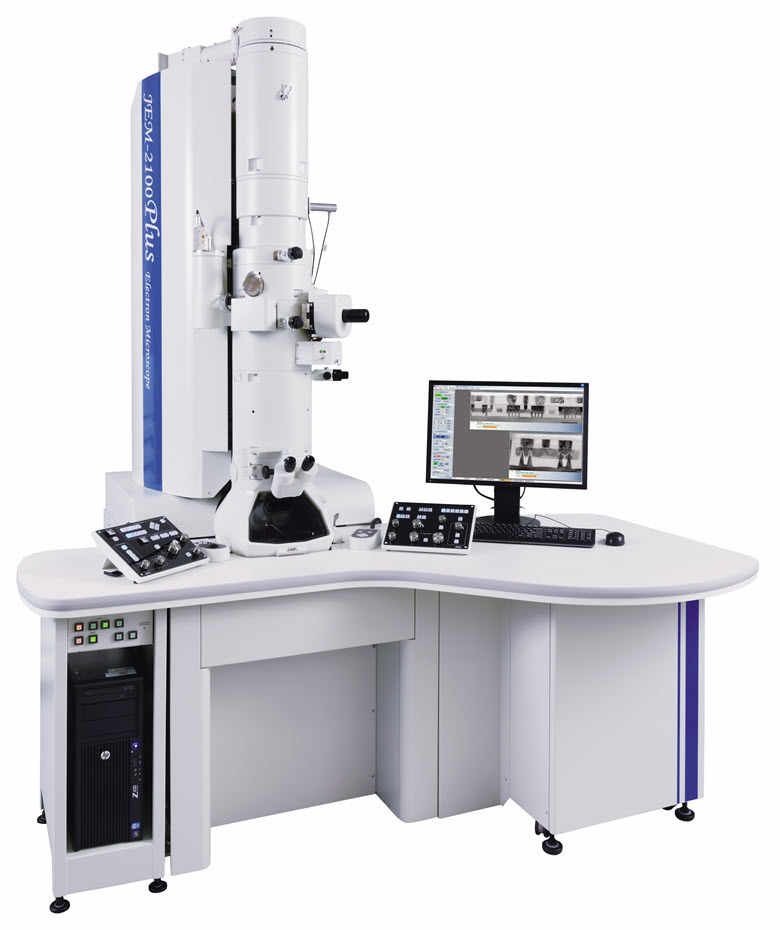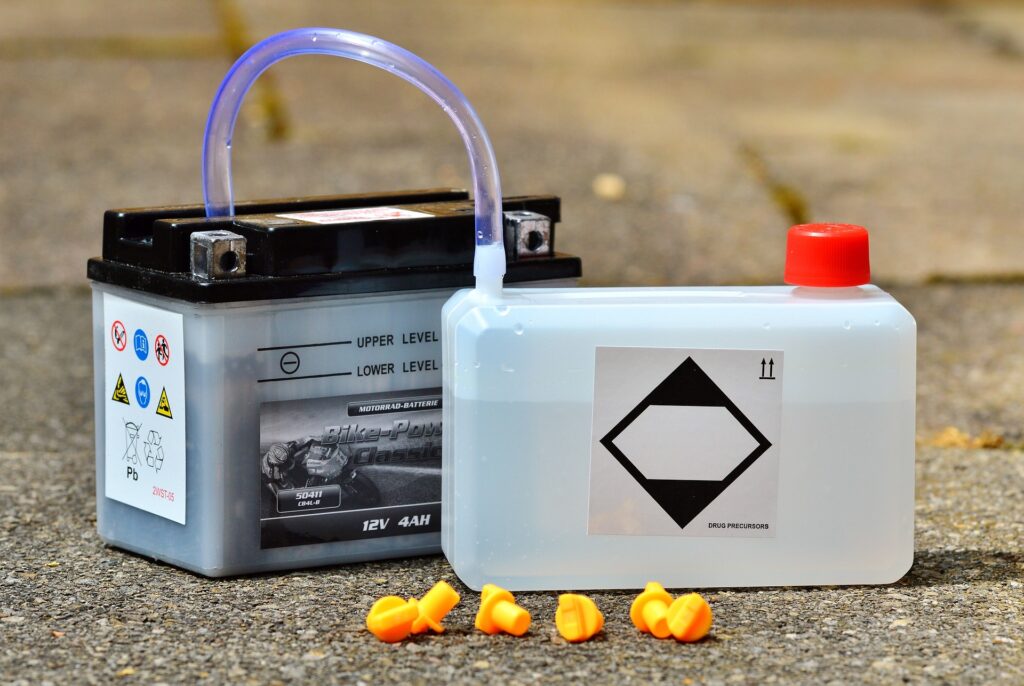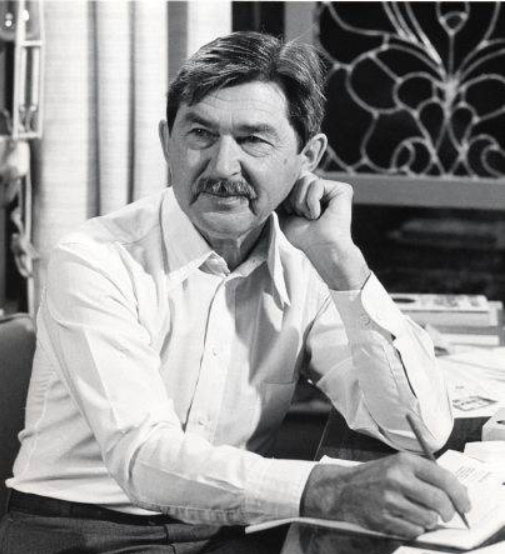Marine Chemistry: Marine Resources, Pollutions and effects on Biota
What is Marine Chemistry? Marine Chemistry is the branch of chemistry where marine environments and different variables of marine ecosystem is studied. What are the major marine resources? • Fisheries • Oil • Gas • Minerals • Sand & Gravels • Renewable Energy What are the major supporting and regulating marine services? • Waste disposal, absorption and […]
Marine Chemistry: Marine Resources, Pollutions and effects on Biota Read More »










